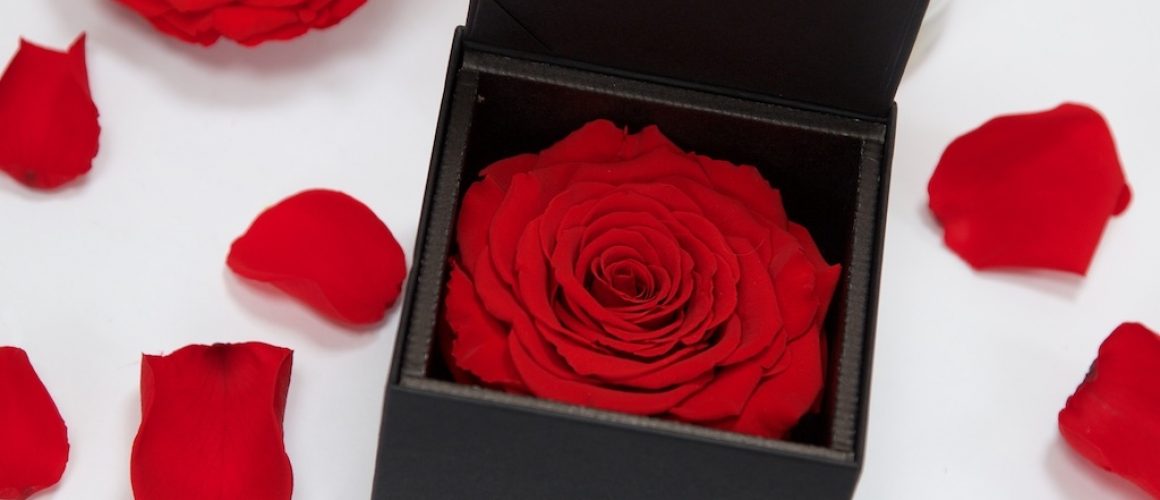Flower preservation here’s the science
Capillary preservation! Why is it suitable for the preservation of foliage and trees. Many say it is not ideal but we have seen fantastic results.
WHY NOT?
Glycerin is not suitable for the delicate process which means it fills in the petals of the flowers and therefore you lose the detail. The flower adsorbs the stabilizing liquid but the result is not the best. The flower seems faded and with no proper hold does not keep the fresh appeal.
THE TECHNIQUE
To use this our method you need fresh raw material and that is why producers of fresh roses and flowers are producing an optimal finished product.
The stem of the flower or rose is sliced at an angle a few centimetres below the head. The head is placed in a plastic container that matches the shape of the flower. This allows the petals to be perfect during the various stages of the process.
The first stage, means the flower is in a bath of pure alcohol. The alcohol must be undenatured and free of water: the same alcohol used within distillation. For safety reasons, the ideal is to use ethanol. The economical alternative is methanol: but this is not recommended for health and safety reasons. This stage has the effect of dehydrating the flower while retaining its original shape. Within this operation a discoloration of the flower takes the flower to a champagne colour. This process can last 24 hours.
The next day, the same flowers are immersed in a bath allowing the rehydration of the flower. This bath is composed of alcohol, propylene glycol, a little bit of glycerine and food colouring. The colour of the rose will be defined by the chosen dye. The Alcohol acts as a catalyst. As for propylene glycol, it absorbs into the petals to rehydrate.
24 hours later, the magic has happened and the flower is complete. Left to dry for another day. A final quality control is completed and the flowers are packaged.
This preservation process can also be used on leaves and is especially adopted by the Japanese. Read more about Fora Ecology and Why Preserved.
COLOURS
The dyes we use in capillary preservation are food dyes. But our colouring processes do not stop there. To get the perfect and most natural results the post flower process is reworked by Fora to get our wholesalers the most perfect flower.
THE VARIETIES OF SUITABLE FLOWERS AND FOLIAGE
Varieties of flowers are picked for their tolerance to the process, they have been chosen to present the best behaviour to various alcohol baths and holding over time.
FORA PRODUCERS
Fora Nature producers are mainly producers of fresh cut flowers, this helps them to embrace the future of preserved flower production and maintain a future in a dynamic market place
Most producers are from South America, mainly in Ecuador and Colombia. They also exist in Kenya, Japan and China. Through years of investigation and finding the perfect solutions for our products we have refined the suppliers to make sure we only supply a premium product.
THE FUTURE
The Rose is the jewel in the crown of the stabilised flower and remains the perfect symbol within the preserved flower market.
However, through continuous investment other flowers are being refined and developed with excellent results such as the Carnation, Orchid, Chrysanthemum, Dahlia.
Keep checking our website for new additions to our range!

